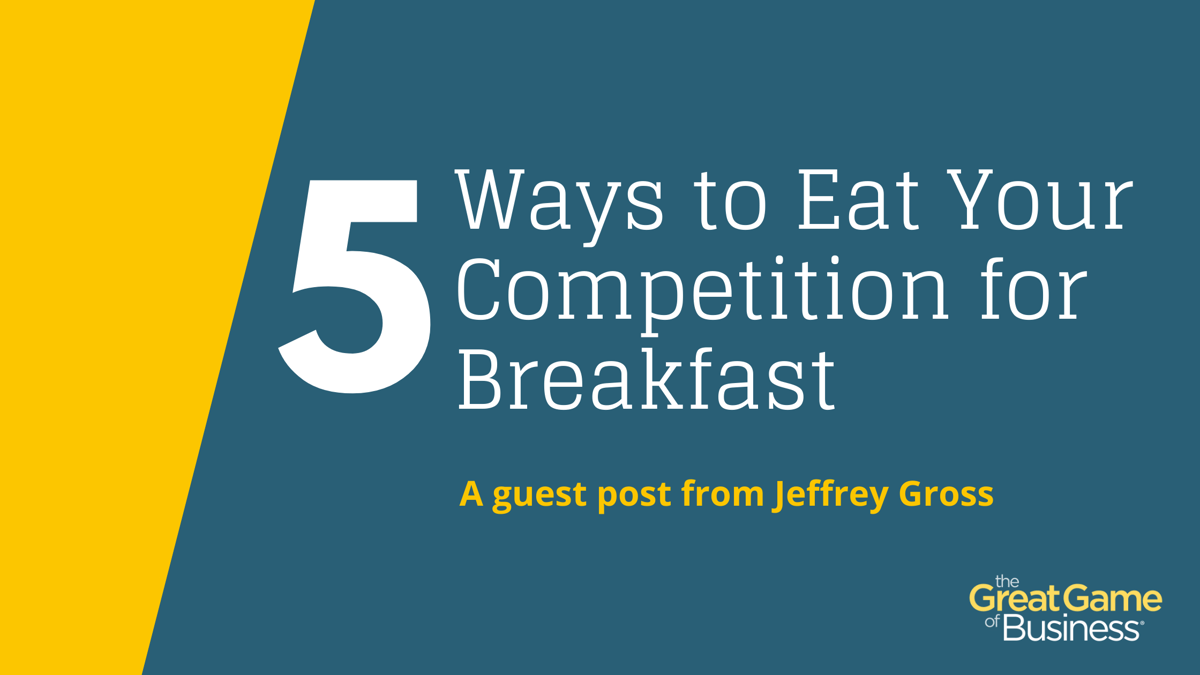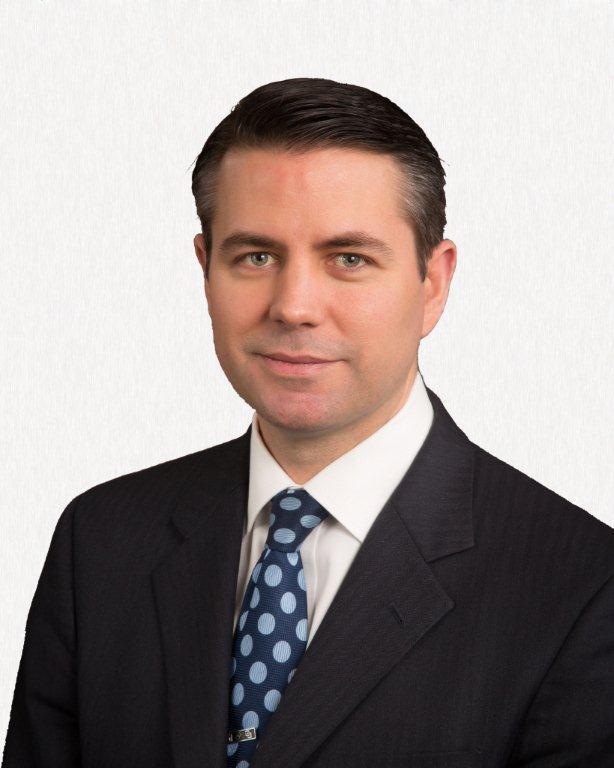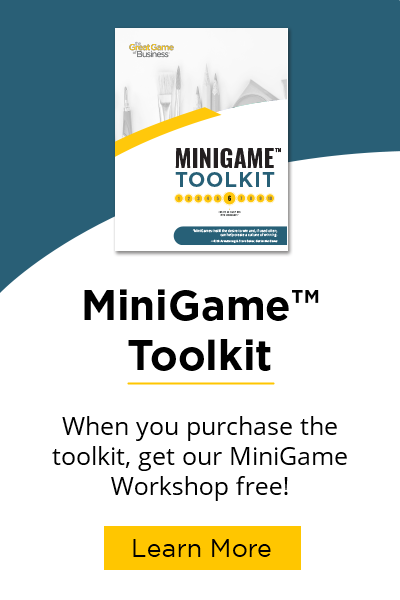
Peter Drucker is credited with saying, "culture eats strategy for breakfast". Even in today’s tech driven economy, a company’s human capital is still the most powerful potential competitive advantage.
Great work culture is incredibly hard to build and even harder to maintain. Usually, workplace culture is measured in terms of employee engagement. The cultures I admire most built their employee engagement around these strategies below:
1. Fun
Why isn’t work fun? Why can’t it be? Happy people don’t look for new jobs. They don’t ask for raises. They are more productive, quit less frequently, and better retain institutional knowledge.
Fun is the easiest place to start building culture and it can be done incrementally. Improvement is directly proportional to the effort, but it does take a lot of fun to have a material impact on financials and is the easiest initiative for employees to abuse. Smile Guide and Why is Everyone Smiling by Paul Spiegelman are great resources to build culture through fun the right way.
2. Empowerment
A great way to increase engagement is make employees responsible for decisions that affect their job and hold them accountable. This creates sense of participation, recognition, importance, and belonging (physical, mental and emotional connection).
It seems simple, but there are two catches. Individuals must have the ability and power to implement their decisions (often requiring teamwork) and decisions must not be overturned or vetoed by management…it takes away accountability.
Empowerment is easy to implement, and gains can be large and quick. Management only needs to believe in and support their people. The Great Game of Business' methodology is a great place to begin empowering your people because it gives actionable items for everyone in your organization, from management down to the front-line workers. Don't forget to include the concept of Servant Leadership found in the Small Giants Community.
3. Financial Transparency
Communicating a company’s financials can have an amazing impact if employees can use the information to make their job and company better. Thus, financial transparency could be considered empowerment version 2.0.
Given the close link between financial transparency and empowerment, the Great Game of Business provides the framework and tools for financial transparency for all levels of employee in your company. GGOB focuses on transparency as a tool to close one of the biggest gaps in business: the gap between managers and employees. This way, everyone in the company understands the status of the company financials, has a voice in saying how the company is run, and accountability for their contribution to the numbers.
4. Ownership
Ownership can take many forms: profit sharing, bonus program, equity, options, etc. Ownership is the trickiest of the strategies to create engagement. Individually, ownership can have a negative impact. If employees do not believe they can impact the bottom line, ownership will not create engagement.
Ownership based on individual goals, creates friction between people/departments, and can hurt financial performance (think about “constraints” in the book The Goal).
So why is ownership one of the “5 ways to eat your competition for breakfast”? Because ownership is the most effective way to supercharge and sustain other engagement initiatives. The book A Stake in the Outcome by Jack Stack and Bo Burlingham along with the National Center for Employee Ownership are great sources of information on how to use ownership to enhance culture.
5. Cause
“Cause” (something that is not money) is arguably the most powerful tool to create engagement. Going the extra mile for an additional $1 is something that an employee will consider. Going the extra mile for his or her family, community, religion, environment, etc is a foregone conclusion. Ego, the greatest culture killer, is checked at the door and is particularly effective in “work-to-live” industries.
Although the most powerful culture creator, it is also the most difficult to execute. For those determined to build a cause-based work culture, check out Cause by Drs. Kevin and Jackie Freiberg and then call the Freiberg’s and get their help with the implementation.
Impact of All Five
Few companies use all five strategies and their performance blows away their industry averages. My two favorite companies are Southwest Airlines and Wayne Fire Sprinklers. Southwest Airlines has been profitable for 45 consecutive years and never had a layoff. Over the same 45 years, the industry lost money and most airlines had multiple layoffs and bankruptcy filings. Forbes named Herb Kelleher as the best CEO in America and rightfully so.
Wayne Fire Sprinklers is a fire suppression system contractor…typically a 5% pre-tax business, but Wayne makes 20% pre-tax margins. They share 25% of pre-tax profit with the employees resulting in a 15% pre-tax margin for the owners. Basically, the employees make what a typical owner makes, and the actual owners make 3x as much.
Southwest Airlines and Wayne Fire Sprinklers are great examples of “culture eating the competition for breakfast,” so follow their example and use these culture tools in your company.
Check out The Great Game of Business book to learn more about the story behind open-book management an Great Game methodology.
Other Articles You Might Like:
.png)







.png)




-5.png)

